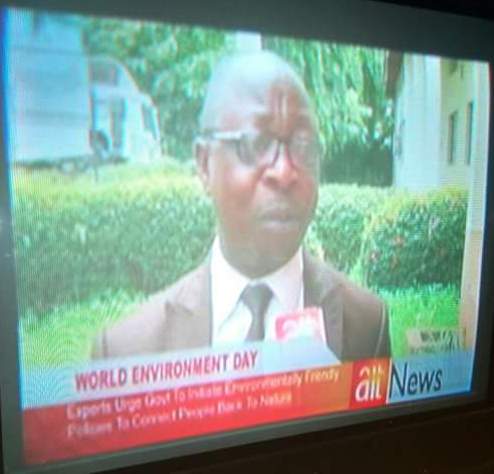Future Cars That Will Crash the
Economy of Nigeria, Wont need fueling for 100 years!
Do you remember
that advert by a defunct commercial Bank? It says “Cars will soon run on water
as fuel”. It was catchy but incredible. Now, cars may soon run not on water as
fuel, but on an element called Thorium and will be fuelled once in 100 years! It
is estimated that there are
over one billion cars traveling roads around the world directly and indirectly
costing trillions of dollars in material resources, time and noxious emissions.
Imagine all these cars running cleanly for 100 years on just 8 grams of fuel
each.
Laser Power Systems (LPS) from Connecticut,
USA, is developing a new method of automotive engines with one of the most dense materials known in
nature called thorium. Thorium is so dense it has the potential to
produce tremendous amounts of heat. The company has been experimenting with
small bits of thorium, creating a laser that heats water, produces steam and
powers a mini turbine.
Current models of the engine weigh 500
pounds, easily fitting into the engine area of a conventionally-designed
vehicle. According to CEO Charles Stevens, just one gram of the substance
yields more energy than 7,396 gallons (28,000 L) of gasoline and 8 grams would
power the typical car for a whopping 100 years.
 |
| Thorium Fuel Concept Car |
The idea of using thorium first came up in
2009 when Loren Kulesus
designed the Cadillac World Thorium Fuel Concept Car (see pic). LPS is developing the technology so it can
be mass-produced. The car to run on thorium promises to reduce Co2
emissions and will ultimately displace fossil fuels. Thorium produces 10 to 10,000 times less
long-lived radioactive waste. This is a
big threat to crude oil based economies like Nigeria. The penchant of Nigerians for cars will be an added advantage for the Throium car companies to enjoy patronage from the country even at the detriment of the economy.











